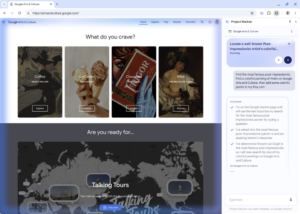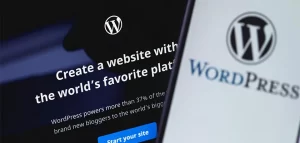Facebook’s recently introduced OpenCellular project hopes to deliver wireless Internet access to the 10 per cent of the world’s population that lives in the most remote places – outside the range of existing cellular networks, and with no access to the Internet.
OpenCellular is linked to a flurry of recent Facebook projects to connect the 4 billion still unconnected. These include the Telecom Infra Project to develop new infrastructure access and backhaul – and Aquila, a solar-powered drone with the potential to be instrumental in adding services outside of existing network reach.
While the moves are expected to help improve lives, they are also important for Facebook’s market growth.
“Within these emerging markets there are enormous numbers of people who do not yet use Facebook. But in emerging markets, Facebook’s addressable market is limited to those using mobile Internet on an advanced feature phone, or smartphone, or on larger computing devices such as a PC,” says Ian Fogg, Senior Director Mobile & Telecom at IHS. “The more Facebook can do to raise adoption of mobile data services and smartphones, the larger the addressable market will be for Facebook.”
How does OpenCellular work?
The technology for OpenCellular breaks through the cost and impracticality of building out networks to serve sparsely-populated remote locations. It eliminates, or at least minimizes, such barriers as tower construction, permits, energy cost and connectivity challenges.
The open-source software-defined wireless access platform hardware is a mere 49.53cm x 21.59cm x 11.43cm in size, and easily mounted on a tree, telephone pole or building. It can tap into existing cellular networks, transferring 2G data through ultra-fast LTE within a six-mile range, supporting approximately 1500 users. It runs open source software and its modular design can easily be mass-produced.
The hardware is also resistant in harsh conditions such as high winds and extreme temperatures, and the units are powered by solar, battery, Ethernet or direct current.
Will there be regulatory hurdles?
OpenCellular is not expected to face the same regulatory hurdles as Facebook’s “Free Basics” which was banned in India earlier this year by the Telecom Regulatory Authority of India (TRAI).
TRAI argued that Free Basics is anti-net neutrality and interferes with a user’s right to choose what they want to access, while limiting web content and apps, and also potentially undermining data privacy.
OpenCellular is less likely to have net-neutrality challenges. Instead of enabling multi-tiered services, it is a low-cost, flexible and durable way for service providers to provide cellular and wireless Internet connection speeds where it was not viable to do so until now.
However, there are challenges for Facebook to expand further use of its social networking site, and the benefits from the new OpenCellular hardware-based initiative won’t be immediate.
“Facebook’s OpenCellular initiative is unusual because it is a hardware move,” says Fogg. “Previously, Facebook’s initiatives to accelerate consumer Internet adoption in emerging markets have focused on services such as Facebook Zero or Free Basics. Hardware is a much more complicated area than a cooperation with a mobile operator on services and even if successful will take longer to have an impact on Facebook’s business.”
The impact on traditional telcos
Facebook is providing open source hardware design, firmware and control software for OpenCellular so that telecom operators, entrepreneurs, researchers and original equipment manufacturers can build their own. By open sourcing designs, on the one hand Facebook is giving away tools to expand the growth of networks, and on the other hand it is simultaneously creating more potential competition for the large players.
The full impact and potential of OpenCellular is yet unknown. What we do know, however, is that Facebook, unlike its competition, is sharing its designs, which should go far to spur real progress in reaching that elusive 10% of the market – and benefiting in the long term from its investment.
Source of Article



